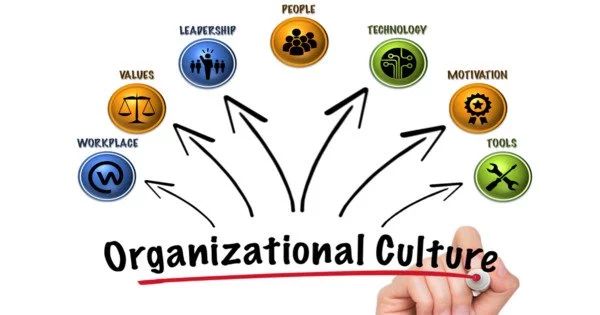Organizational culture refers to the shared values, attitudes, and behaviors that define a company. It refers to organizational culture, which includes schools, universities, non-profit organizations, government agencies, and commercial businesses. It is the collective way in which individuals of an organization perceive, think, and interact with one another and with external stakeholders.
Organizational culture is frequently regarded as a fundamental driver of an organization’s success, impacting employee engagement, performance, and overall effectiveness. Alternative words include business culture and firm culture. The phrase “corporate culture” first appeared in the late 1980s and early 1990s. It was popular among managers, sociologists, and organizational theorists in the 1980s.
Organizational culture determines how people interact, the context in which knowledge is formed, the resistance they will have to certain changes, and, ultimately, how they share (or do not share) knowledge.
Key components of organizational culture include:
- Values and Beliefs: These are the underlying principles that govern the organization. They help to define the organization’s identity and provide its members a sense of purpose.
- Norms and Behaviors: Norms are the unwritten norms or expectations that govern how members in an organization should act. Behaviors, on the other hand, are the visible behaviors that represent culture.
- Symbols and Rituals: Symbols, such as logos and icons, and rituals, like company events or traditions, play a role in reinforcing and communicating the organization’s culture.
- Language: The language used within an organization, including jargon and terminology, reflects its culture and can serve as a way to identify insiders and outsiders.
- Leadership Style: The leadership style of top management has a significant impact on organizational culture. Leaders often set the tone for acceptable behavior and values within the organization.
- Work Environment: The physical workspace and overall work environment influence culture. An open workplace layout, for example, may encourage collaboration and transparency.
A healthy and aligned company culture can boost employee morale, increase productivity, and contribute to the organization’s overall success. A misaligned or poisonous culture, on the other hand, can lead to employee discontent, high turnover, and poor organizational performance. Understanding, influencing, and managing organizational culture is thus an essential component of good leadership and organizational development.
















